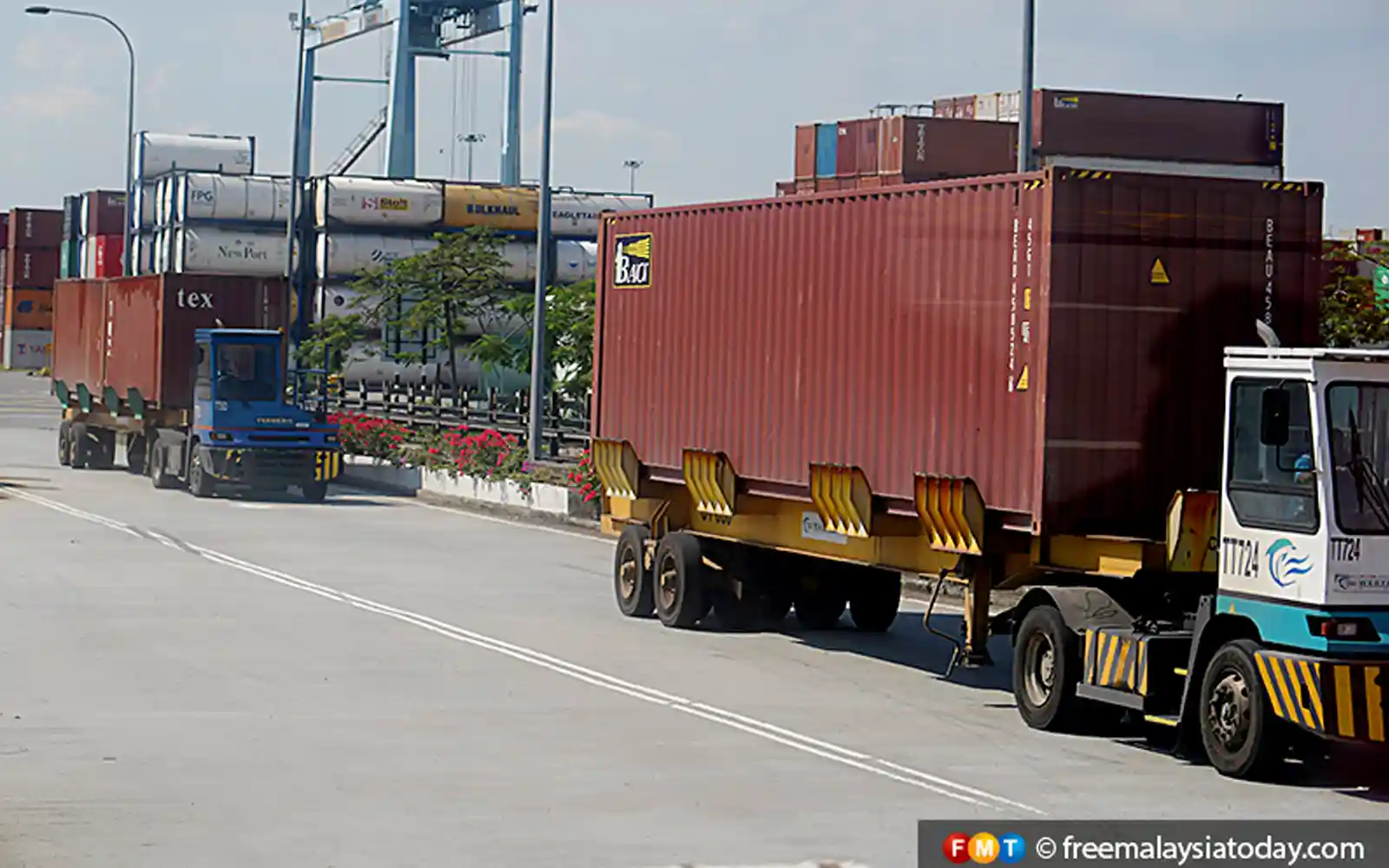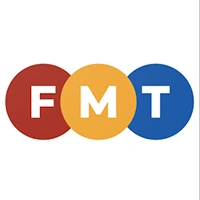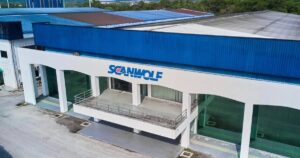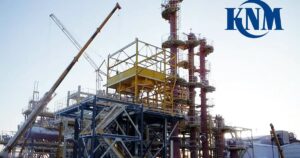
From Chandra Mohan Sinnandavar
Morning traffic around Port Klang is already a test of patience. Cars, motorcycles, and container trucks share narrow, busy roads leading to the terminals.
For decades, an operational practice called “back-to-back” container movement, transporting two 20-foot containers on a single 40-foot trailer, quietly helped ease this burden. It reduced trips, fuel use, and emissions while keeping cargo moving efficiently.
On July 1, this changed. The Port Klang Authority under the transport ministry began stricter enforcement of combined vehicle weight (BGK) rules, requiring the total weight of prime mover, trailer, and verified container weight (VGM) to remain within prescribed limits.
In practice, this means back-to-back movements have been greatly curtailed. While the intent is road safety, the consequences extend far beyond the port gates.
The bigger picture
The aim of enforcement is laudable, safer roads for everyone. Overloading can damage infrastructure and, in some cases, contribute to accidents. But here, the outcome is less straightforward: in solving one issue, we may be creating another.
Conservative estimates suggest curtailing back-to-back movements could add 900 or more additional truck trips daily across the Klang Valley. The impact will be felt most in port-adjacent areas such as Port Klang and Klang, where bottlenecks at terminal gates and connecting roads are already common.
Inside port compounds, where traffic flow is tightly managed, the extra volume will only worsen congestion. For ordinary road users, this means denser traffic, longer travel times, and increased accident exposure.
Anyone who has driven alongside container trucks knows the unease, the careful overtakes, the wider blind spots, the instinct to give more space.
Adding hundreds of extra truck movements into the same corridors amplifies that daily stress. And in public perception, fair or not, larger vehicles often shoulder the blame when accidents occur. These are not abstract concerns; they affect thousands of commuters every day.
Safety vs paperwork
Interestingly, many Malaysian trucks are already structurally capable of carrying heavier loads safely. The “overloading” issue stems mainly from documentation gaps rather than mechanical limits.
A truck deemed overweight today can become fully compliant tomorrow after recalibration without any physical changes. This paradox raises a question: are we targeting the real safety risk, or a paperwork problem?
For hauliers and their customers, including manufacturers and SMEs, ending back-to-back movement doubles trips and costs. More fuel, more labour, and more vehicle wear translate to higher prices down the line.
Even if document recalibration is streamlined, it still triggers additional costs. Updating a truck’s registration to reflect higher permissible weight often moves it into a higher road tax band, raising annual road tax costs by about 40% per truck.
Vehicle limitations
Document updates alone do not solve everything. The haulage industry has heavily invested in trailers with existing axle specifications.
Changing these specifications to meet higher weight classifications would require significant capital and time, investments not easily made in a competitive market where margins are already tight.
Regional perspective
Neighbouring countries generally allow higher weight limits for similar truck-and-trailer configurations.
Malaysia’s stricter limits help protect road infrastructure but also mean more trips are required to move the same cargo. This not only reduces competitiveness but also adds pressure to already busy roads.
Embedded practice and need for transition
Back-to-back movement is not a loophole; it is an established part of Malaysia’s container supply chain.
Policymakers and industry players alike have relied on it for decades. Abruptly ending this practice without adequate transition planning risks supply chain disruption, affecting manufacturers, exporters, and ultimately consumers.
A call for balanced solutions
Over decades, many transport policies have existed quietly in the background, rarely enforced.
When such measures are suddenly applied in today’s very different environment, they can create ripples that few anticipate. Some of these long-standing policies may no longer reflect current realities, making strict enforcement riskier.
The curtailing of back-to-back movements could become one of many added straws contributing to worsening conditions, which both policymakers and the public may struggle to pinpoint over time.
This is why enforcement decisions must be made with foresight, ensuring older policies are reviewed and adapted to modern needs, and weighing not only immediate benefits but also cumulative impacts on the entire transport network.
Safety must remain the top priority. Yet, in addressing an “overloading” issue driven largely by administrative documentation rather than equipment safety, the current approach risks introducing greater hazards: more truck movements on congested roads, higher accident risks, and heavier financial burdens on compliant operators.
A balanced path forward could include:
- Considering regional practices by allowing higher permissible weights or legally facilitating safe back-to-back movements. This would ease congestion and benefit both industry and the public.
- If higher allowances are not feasible, provide a phased transition period so operators can adjust equipment and operations. Engagement with industry is essential, recognising that trailer investments are capital-intensive and not easily changed.
- Reviewing the road tax structure tied to higher weight bands to prevent undue burdens on operators already coping with rising costs.
Most importantly, policymakers must weigh the broader public impact of their decisions, not only on port users, but also on the thousands of road users who share these highways daily. Clear communication and foresight are vital when implementing policies that affect both safety and commerce.
Public safety and efficient logistics need not be at odds. With thoughtful adjustments, Malaysia can protect its roads and commuters while sustaining the lifeline of its container supply chain.
Chandra Mohan Sinnandavar is a logistics and supply chain professional and founder of a logistics consultancy firm.
The views expressed are those of the writer and do not necessarily reflect those of FMT.






